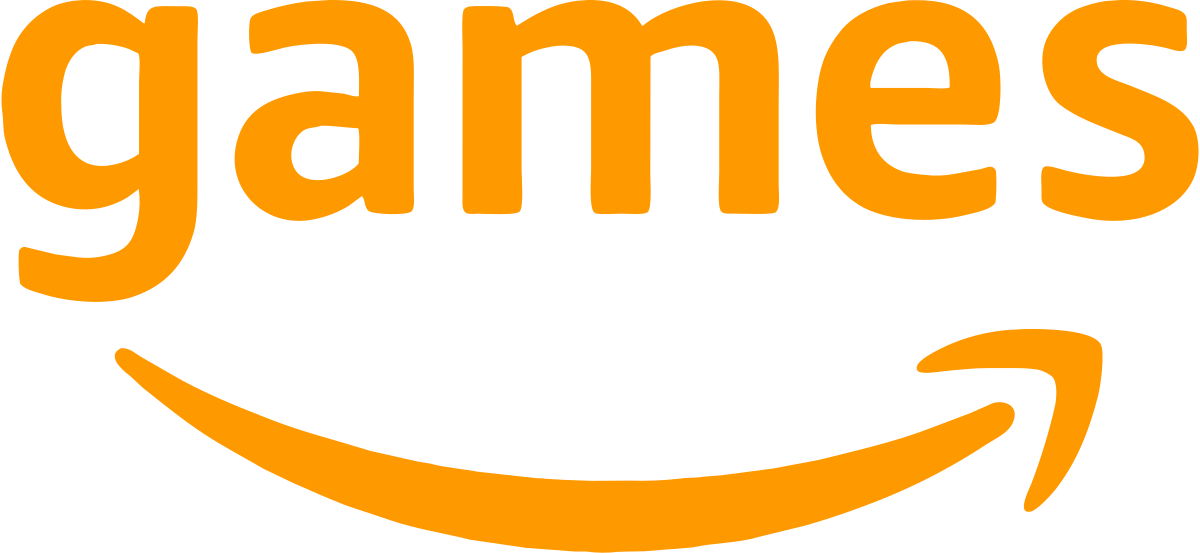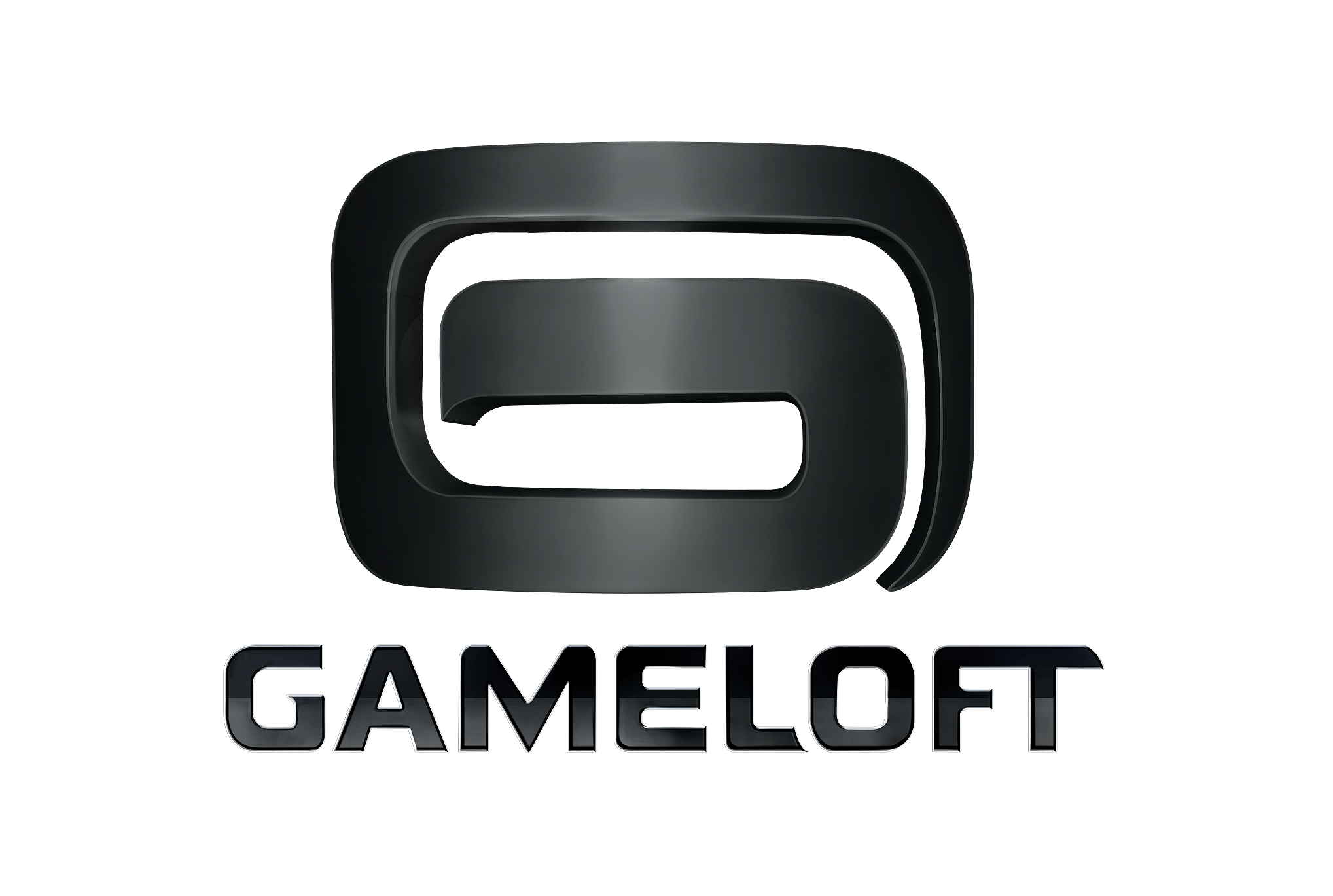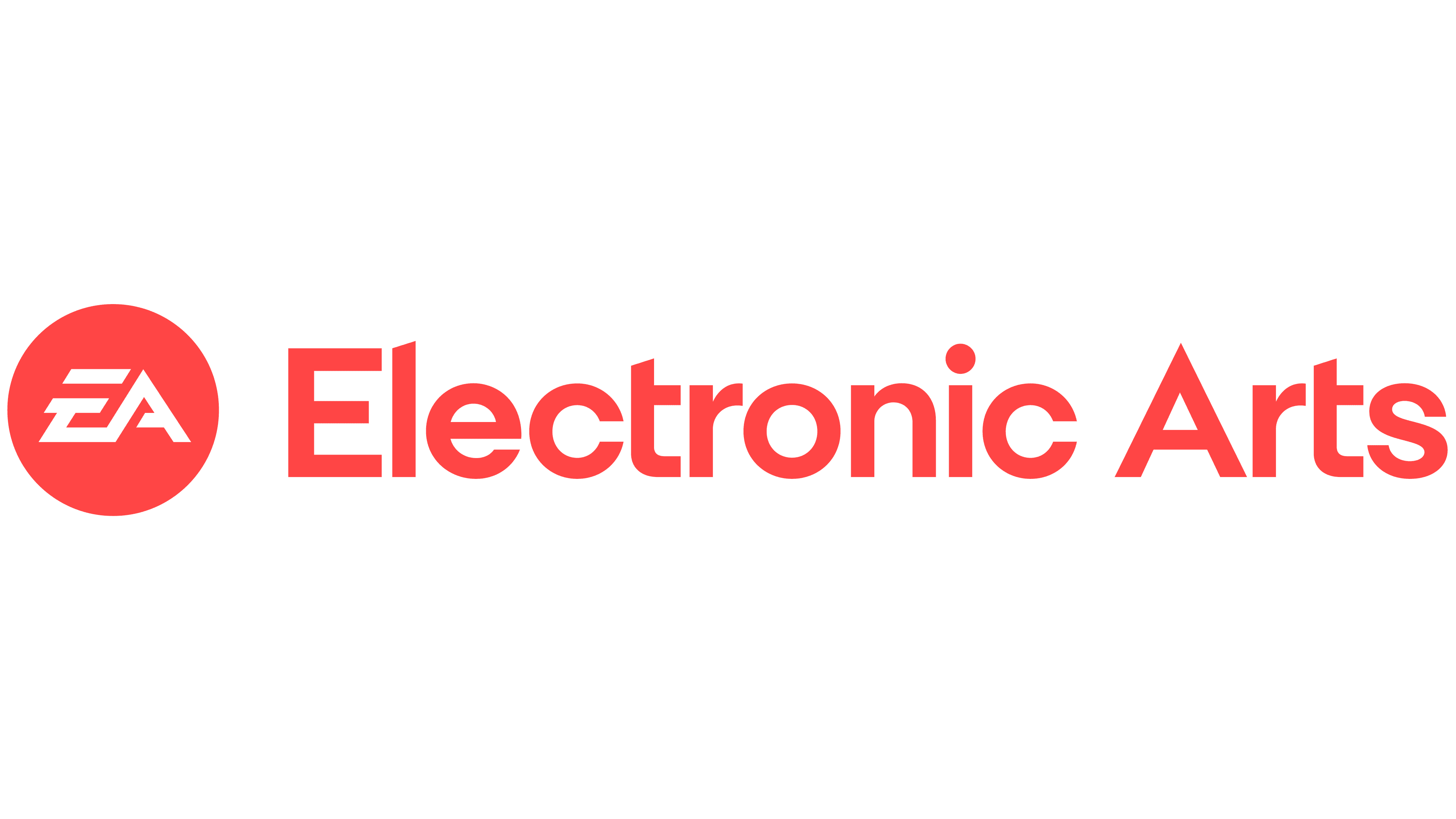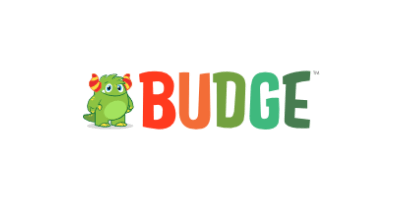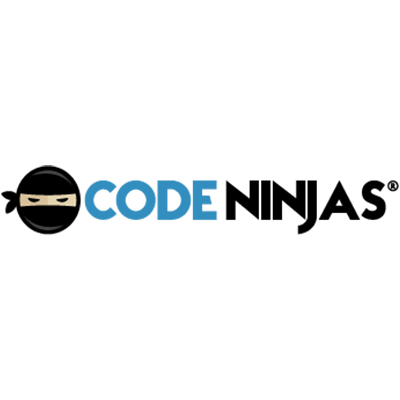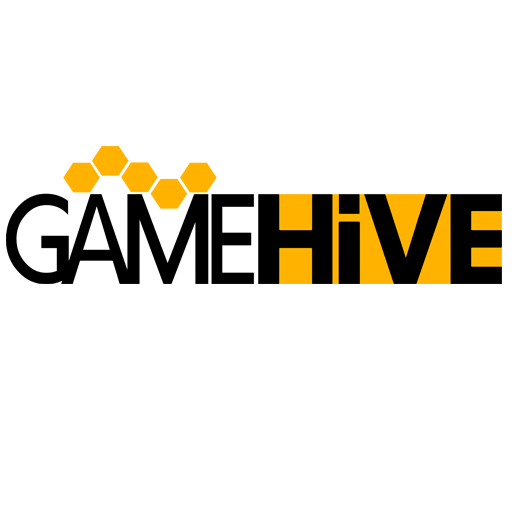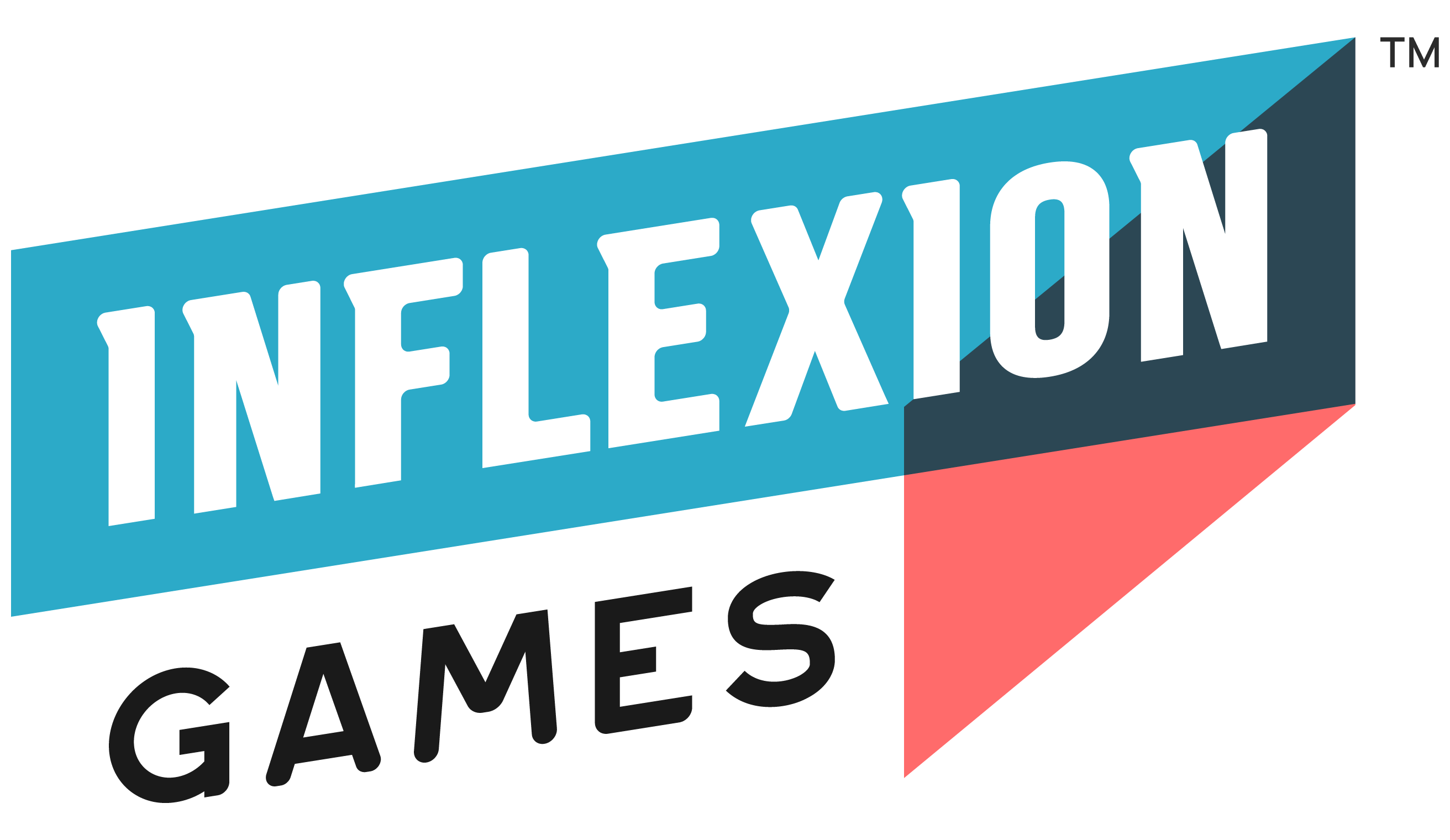Video Game Design & Animation Diploma Program
Conceive, design, model, texture, and animate characters and worlds as you learn directly from working video game creators. In this immersive program, you’ll gain hands-on experience with industry-standard tools and workflows.
Program
New Term Starts Soon
Program Description
Learn to Make Video Games fromReal Game Creators
Interactive entertainment evolves fast, so stay ahead. Model, script, program, design and animate your own stories, characters and worlds. Explore motion capture technology and learn the latest AI workflows.
Network with industry professionals inside and outside the classroom. Work alongside creative peers and accomplished game creators. Complete a capstone project, and graduate with a rounded portfolio that showcases your know-how and new skills to prospective employers.
Career Outcomes for Video Game Animation Graduates
Game Designer
Concept Artist
Game Modeler
Quality Assurance Tester
Level Designer
Game Animator
Level Artist
PROGRAM DIRECTOR & INSTRUCTOR BIOS
Student Success
Companies that hire our grads
Video Game Animation Courses
Video Game Design & Animation Courses by Term
Term 1
Digital Drawing 1
VGC 101
Digital Drawing 1 introduces students to the fundamental concepts of 2D art creation for games. Students will learn how to create traditional art and transfer it into digital formats for use in games. Specific topics include: line and form, perspective, and texturing and shading in both traditional and digital mediums. Students will apply knowledge gained in this course to conceptualize and develop concept art used in games.
Game Modelling 1
VGC 102
Game Modelling 1 introduces students to the fundamental concepts of 3D modelling. Students will explore 3D software and tools, which will facilitate development of 3D game assets. Specific topics include: high and low-polygon modelling, 3D geometry and hard surface creation. Students will apply knowledge gained in this course to conceptualize and develop 3D assets used in games.
Principles of Art and Design
VGC 103
The elements and principles of design are the building blocks to create effective and functional visuals. This course introduces students to art and design principles applied to games, with an emphasis on color theory and letter typography. Specific topics include color theory, color wheels, space, form, and fonts.
Scripting for Games
VGC 104
Scripting for Games introduces students to scripting and problem solving. Students will script the basics of conditional structures, iterative structures and other control structures through the usage of a procedural scripting language. Topics include: loops, functions and if statements.
Programming Logic
VGC 105
Programming Logic introduces students to the fundamental building blocks of programming. Students will identify the basics of control structures which will assist in solving programming problems for games. Topics include: variables, iteration, and game loops.
Game Platforms 1
VGC 106
Game Platforms 1 introduces students to visual game engines used to develop cross-platform games. Students will combine a variety of art skills and techniques to develop an original game. Specific topics include: asset importing, game logic integration, and game deployment.
History of Video Games
VGC 107
History of Video Games presents a historical survey of video games to modern times. Insights into the game industry will be made with identification of past, present and future games and their social and cultural impacts. Specific topics include: game technology, violence in games, and gender within games.
Introduction to the Video Game Industry
VGC 108
This course will analyze local and international gaming markets. Specific topics include: analysis of game development centres in the world, identification of roles and responsibilities of game departments, corporate structures and game studio organization hierarchies.
Term 2
Digital Drawing 2
VGA 121
Digital Drawing 2 introduces students to principles of animation through 2D art creation. Students will learn tools and techniques to create animation ready art assets for game usage. Specific topics include: anatomy and proportions, principles of animation, cell animation, and sprite sheet development.
Game Modelling 2
VGA 122
Game Modelling 2 introduces students to 3D modelling techniques to optimize and efficiently produce game assets. Students will combine their knowledge of 3D tools to produce low-polygon models. Topics include: edge and spline modelling, UV unwrapping and modular set construction.
Game Platforms 2
VGA 123
Game Platforms 2 introduces students to game engines used to develop cross-platform games. Students will combine a variety of art skills and techniques to develop an original game. Specific topics include: scripting events, sprite animation, and environment scrolling.
Art History
VGA 125
Art History examines classical art and its impact on video games for research and inspiration. Students will survey works of art and architecture that have historical and cultural significance and will draw inspiration to create concepts and assets for games. Lecture topics are combined with current video game examples showing how historical research and accuracy is important in the industry. Specific topics include: classical civilizations, mythology, architectural styles, 19th and 20th century art periods, and modern influences in both the arts and gaming industries.
Game Design 1
VGC 121
Game Design 1 will introduce students to the principles of game design and mechanics. Students will examine game genres by analyzing common game mechanics and elements. Topics include: game genres, game mechanics, and gameplay elements.
Game Production and Pipeline
VGC 122
Game Production & Pipeline will introduce students to methodologies and development best practices for game production. Through the analysis of game design documentation, students will establish development pipelines best suited for 2D and 3D games. Topics include: asset management, waterfall development, agile and SCRUM production methodologies.
Term 3
Concept Design 1
VGA 141
Concept Design 1 will apply students’ knowledge of digital drawing to conceptualize and produce environment concepts for games. Students will identify concept designs by referencing architectural landscapes, buildings and blueprints. Topics include: perspective, layout and topology.
Character Modelling 1
VGA 142
Character Modelling 1 will apply 3D modelling techniques to create character models. Students will learn 3D sculpting tools and techniques used to create anatomically correct characters. Topics include digital sculpting, topology and anatomy of human figures.
Game Platforms 3
VGA 143
Game Platforms 3 introduces students to game engines used to develop high-end mobile games. Students will combine a variety of art skills and techniques to develop an original game. Specific topics include: importing 3D assets, animating characters in engine and editing terrain.
Game Animation 1
VGA 144
Game Animation 1 introduces students to 3D rigging and preparing 3D models for animation. Students will examine the animation pipeline for games by developing rigs for objects and characters. Topics include: rigging, arranging controls and skinning.
Texturing 1
VGA 145
Texturing 1 will apply digital art concepts to texture materials for 3D models. Students will analyze and develop surface materials using a combination of 2D and 3D tools. Topics include: materials, lighting and texture mapping.
Level Design
VGA 147
Level Design introduces students to the process of making game levels. Students will use 3D modelling techniques for environmental world building and learn how to create their first environment with modular building techniques. They will learn practical development skills by assembling assets inside of a game engine as they learn how to translate level design concepts into functional game worlds.
Game Design 2
VGC 141
Game Design 2 introduces students to the theory and practise of level design for games. Students will examine layouts and blueprints for levels through the usage of a level editor. Topics include: golden paths, navigation and world building.
Game Business
VGC 142
Game Business introduces students to the business operations of a game studio. Students will analyze business models and how they apply to the game industry. Topics will include: business models, game marketing and budgeting games.
Term 4
Concept Design 2
VGA 201
Concept Design 2 will extend students’ knowledge of concept design to conceptualize and produce character concepts for games. Students will develop characters using traditional and digital techniques to conceptualize human and creature designs. Topics include: posing, costumes and props.
Character Modelling 2
VGA 202
Character Modelling 2 extends students’ knowledge of character modelling to create creature models. Students will learn how to create quadruped anatomically correct characters. Topics include: quadruped conceptualization, ecorche, and low-polygon modelling.
Game Platforms 4
VGA 203
Game Platforms 4 introduces 3D game development using a commercial quality game engine. Students will combine a variety of art skills and techniques to develop an original game. Specific topics include: space partitioning, visual scripting, and model importing.
Game Animation 2
VGA 204
Game Animation 2 introduces students to 3D animation for games by analyzing 3D key framing and timing. Students will learn how to animate and integrate 3D animations into a game engine. Topics include: key framing, timing, and animation cycles.
Texturing 2
VGA 205
Texturing 2 will extend students’ knowledge of texturing by manipulating images to generate textures. Students will analyze and alter photos to generate textures that can be applied to 3D models. Topics include: tiling, layering and color correction.
Game Design 3
VGC 201
Game Design 3 extends students’ knowledge of level design by analyzing feedback systems. Students will integrate reward systems and narrative through the usage of visual scripting and level editors. Topics include: scripted events, feedback loops and cinematics.
Game Audio 1
VGC 202
Game Audio 1 will introduce students to technology and tools for game audio development. Students will learn how to design and generate sound effects that can be integrated into games. Topics include: synthesizing, looping, and fading.
Game Portfolio 1
VGC 203
Game Portfolio 1 will introduce students to portfolio development for the game industry. Students will learn how to assemble employment material based on industry standards and expectations. Topics include: resumes, interviewing and cover letters.
Term 5
Interface Design
VGA 221
Interface Design will discuss visual interface design and user interaction. Students will analyze user interaction trends and how to design and lay out interfaces for specific platforms. Topics include: spatial analysis, controls and visual representations of data.
Lighting & Rendering
VGA 222
Lighting & Rendering will discuss real-time lighting and rendering techniques for 3D game assets. Students will learn how to compose and stage assets within game engines. Topics include: lighting, effects, and shading.
Game Platforms 5
VGA 223
Game Platforms 5 extends students’ knowledge of 3D game development by using next generation game engines. Students will combine a variety of art skills and techniques to develop an original game. Specific topics include: model importing, optimization and game physics manipulation.
Game Animation 3
VGA 224
Game Animation 3 extends students’ knowledge of 3D animation for games by analyzing emotion and expressions. Students will learn how to develop complex animation cycles and transitions. Topics include: overlapping and secondary actions.
Texturing 3
VGA 225
Texturing 3 students will apply their knowledge of digital painting to create textures. Students will use poly-painting techniques to paint directly onto a 3D model’s surface. Topics include: surface painting, and generating texture maps.
Game Design 4
VGC 221
Game Design 4 will extend students’ knowledge of game design by introducing story writing and storyboarding. Students will examine the structure of a story, how to visualize and adapt stories for games. Topics include: linear and non-linear storytelling, plots and character development.
Motion Capture
VGA 226
Motion Capture introduces students to performance capture with advanced 3D animation methods and concepts. Topics include directing and acting for motion capture, facial animation, rigging methods, and motion editing techniques. Students will apply knowledge gained in this course to conceptualize and develop a cinematic scene in engine.
Game Portfolio 2
VGC 223
Game Portfolio 2 will allow students to develop their portfolio with the guidance and mentorship of faculty. Students will use proper procedures for presenting their portfolio on the web and other mediums. Topics include: static rendering, presenting and showcasing portfolios.
Term 6
Team Production Project
VGA 241
This capstone course allows students to operate as a game studio and design and develop a game as a team. Students will apply knowledge gained in past terms to produce a game following development phases. In addition, students will showcase their final game to an audience.
Game Portfolio 3
VGC 242
Game Portfolio 3 will allow students to finalize development of their portfolio by integrating games into their demo reel. Students will use video editing tools to present their portfolio. Topics include: demo reel assembly and editing.


The Toronto Film School Blog
Explore the latest industry news, student profiles, alumni success stories, event reports and content specific to your career interests.
Admissions
Our Admissions Process Made Easy
1
Complete Toronto Film School’s online application form.
2
Pay the application fee of $150.
3
Provide original or notarized translated academic transcripts.
4
Submit a 500-word essay on why you want to attend Toronto Film School and your career goals for the video game industry.
5
Provide proof of English-language proficiency. (international students only).
6
Provide a copy of your passport. (international students only).
Please note: Applicants need to have completed a Grade 11 course in visual arts. Courses in Grade 11 computers/digital media are recommended.
For a more in-depth breakdown of the admissions steps, please visit the Requirements page.
Video Game Design & Animation Program Tuition
Program Rates
Rate per Term
Number of Terms
Total Tuition
Domestic: $6,116
6
Domestic: $38,164
International: $9,792
6
International: $61,101
Tuition Fees do not include books, expendable supplies, equipment and resources.
FAQ
What are the prerequisites for enrolling in Toronto Film School’s Video Game Design & Animation program?
To be eligible for this program, applicants must have completed a Grade 11 course in visual arts. We also recommend courses in Grade 11 computers/digital media. Here are the additional admission steps:
– Submit an online application form.
– Pay the application fee ($150 for most on-campus programs).
– Provide original or notarized translated academic transcripts. You must have an Ontario Secondary School Diploma (OSSD) or equivalent.
-International students must provide proof of English-language proficiency and a copy of their passport.
– Lastly, we ask for a 300-500 word essay detailing your reasons for wanting to attend Toronto Film School and your career aspirations in the video game industry. We’ll be assessing your overall understanding of the industry, and how you envision building a gaming career.
Get in touch with us today, and an admissions advisor will ensure this process is quick and easy for you!
Why should I choose the video game animation program?
Choosing the Video Game Design & Animation program at Toronto Film School means you’re opting for a hands-on education designed to prepare you for a career in a booming industry.
Our program teaches both core game design principles and cutting-edge animation techniques. This combination equips you to graduate not only with a degree but with an industry-ready skill set.
Here’s what sets our video game animation program apart:
1. Our Professors are Practitioners:
Learn from industry-active design professionals who bring real-world insights straight to the classroom.
2. Our Campus is a Networking Hub:
We understand that building professional relationships is crucial to your success in the creative world.
That’s why this program is jam-packed with networking events and collaborative opportunities.
3. We Take a Future-Forward Approach:
Benefit from a cutting-edge curriculum that marries classic video game design principles with the latest digital tools.
4. You’ll Participate in an Industry-Replicating Capstone Project:
Our program concludes with a capstone project that mimics the dynamics of a real-life game studio. Similar to an internship, this hands-on experience preps you for tackling real-world video game design assignments post-graduation.
What career opportunities are available for graduates of the Video Game Design & Animation program?
Toronto Film School opens a world of opportunities for graduates of the Video Game Design & Animation program. You might find yourself as a Game Designer, Game Animator, Game Developer, Level Designer, Game Artist, or even a Game Tester.
Whether you aspire to work in a game studio, or for a software publisher, or go freelance, TFS readies you for an exciting career in gaming.
What kind of software and equipment do I need for a Video Game Design & Animation program?
As a budding digital artist, you’ll need a computer equipped with a high-end graphics card, ample RAM, and a fast processor. You’ll be working with 3D modelling and animation software like Maya or Blender, game engines such as Unity or Unreal Engine, and graphic design software like Adobe Photoshop.
Don’t worry if you’re a novice as we’re here to guide you every step of the way!
What is the duration of the Video Game Design & Animation course?
The program is divided into six terms and takes 18 months to complete.
Is financial aid available for the Video Game Design & Animation program?
We understand that funding your education can be a challenge. But there are several bursary and financial aid options for our applicants.
Canada Student Loans and Grants
Apply for loans or grants via your home province or territory. Loans generally have no interest during study and require payments only post-graduation. Grants, which are not repaid, are usually offered to students from low to middle-income families, those with disabilities or dependents, or part-time students.
Ontario Student Assistance Program (OSAP)
If you are an Ontario resident, you can apply to OSAP for a student loan or grant. This financial assistance can also help you to cover basic living expenses, supplies, tuition, and books. Here’s a link to apply!
Student Assistance Programs for All Other Provinces
You can find a list of all student aid offices through the Government of Canada website.
Bursaries
Toronto Film School offers several bursary options. For a complete list check out this link.
Do I need a portfolio to apply to the Video Game Design & Animation program?
No. You are not required to submit a portfolio when applying to the Video Game Design & Animation program.
Are there any internship opportunities for Video Game Design & Animation program students?
The program’s director, Rob Elsworthy, and Video Game Design & Development program director J.P. Amore, have been able to provide internships through external partnerships they have formed with the school. Additional opportunities are also sought out by the TFS’s Career Services team.
Many of our students also land internships on their own, leveraging the skills and knowledge gained from our programs to stand out to employers.
In addition, in the final term of our program students engage in a “Team Production Project” course that replicates real-world industry experience. It’s not a traditional internship, but it’s certainly a career-building endeavour.





